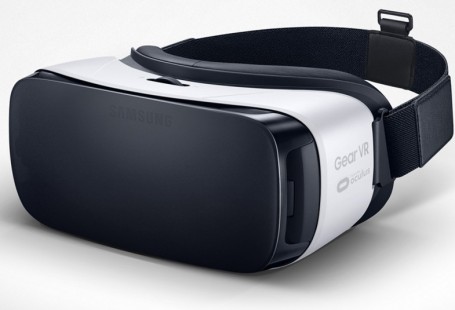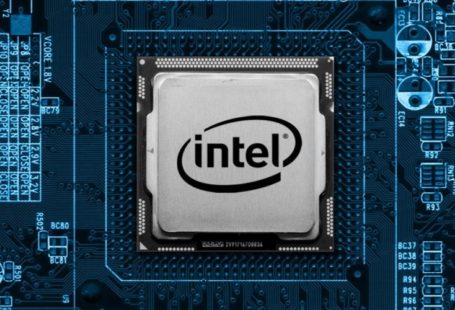The original Chromecast initiated a trend: HDMI dongles with computing capabilities were born. Intel Compute Stick and Splendo are two good examples of this kind of miniPC (in this case, based on Windows). Now we’ve got another alternative, not in format but in its OS.
The Chromebit was announced a few months ago, and it has finally launched with modest specs: a Rockchip SoC comes with 2GB of RAM and 16GB of onboard (“relatively slow eMMC”) storage.
You’ve got also a USB port and the dedicated charger (USB to MicroUSB) and according to Engadget’s review,
It’s not terribly fast, nor is it always elegant in its execution. Then again, it’s a perfectly serviceable way to access your email, music and nearly everything the web has to offer, mostly using gear you probably already have. It’s not the most capable streamer. And like most other Chrome OS machines, the Chromebit won’t replace a desktop or laptop with heavier-duty hardware and a more fully featured OS
ExtremeTech agrees. I wouldn’t say that makes this device really interesting. What are the user cases here? If you’re traveling, you’re better served by your own smartphone or tablet most of the time. If you want to use it as a mediacenter the Chromecast can deliver, and if you want to get a more ambitious desktop experience you’ve got those sticks based on Windows I mentioned or even devices such as the Surface 3.
Move along, nothing to see here.
Source: Google And ASUS Launch The $85 Chromebit, A Chrome OS Desktop On An HDMI Stick


